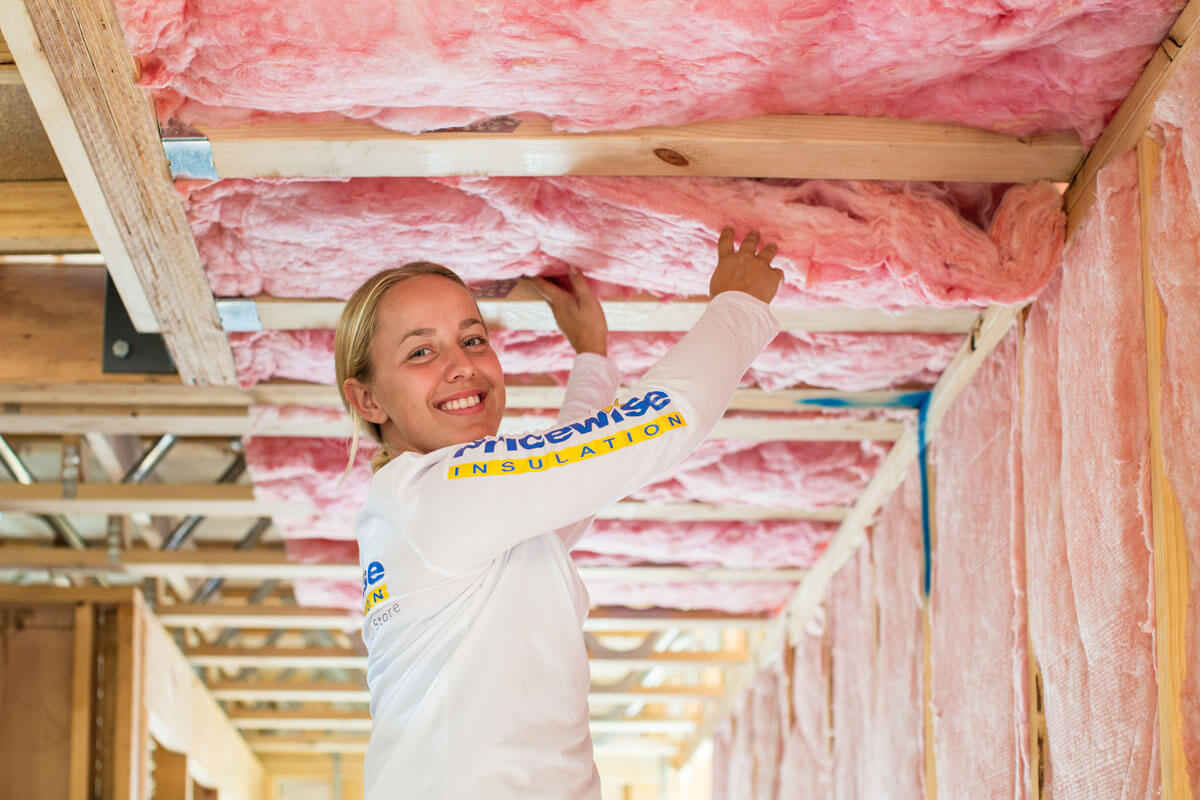

Articles
What Makes Insulation Itchy
Modified: May 6, 2024
Discover why insulation can cause itchiness and learn how to prevent it. Read our informative articles for helpful tips and solutions.
(Many of the links in this article redirect to a specific reviewed product. Your purchase of these products through affiliate links helps to generate commission for Storables.com, at no extra cost. Learn more)
Introduction
Insulation plays a crucial role in maintaining comfortable temperatures in our homes. It helps to keep the heat inside during the winter and the cool air in during the summer. However, one common issue that homeowners and construction workers face when dealing with insulation is the associated itchiness. The moment insulation comes into contact with bare skin, it can provoke an uncontrollable urge to scratch.
In this article, we will delve into the reasons behind the itching sensation caused by insulation and how to minimize discomfort. Understanding the root causes of this itchiness can enable homeowners and professionals to make informed decisions and ensure a more comfortable and hassle-free insulation experience.
Key Takeaways:
- Understanding the nature of insulation materials and taking proper precautions can minimize the itchiness and discomfort associated with insulation installation, ensuring a more pleasant experience for homeowners and professionals.
- Choosing the right insulation materials, wearing protective clothing, maintaining proper ventilation, and practicing good hygiene are essential steps to reduce the risk of itchiness and skin irritation when working with insulation.
Read more: What Is Insulation
What is Insulation?
Insulation is a material used to slow down the transfer of heat or cold between objects or spaces. It is commonly used in buildings and homes to maintain temperature control and increase energy efficiency. Insulation helps to keep the desired temperature inside a space, preventing heat loss or gain through walls, floors, roofs, and ceilings.
Insulation materials are designed to resist the flow of heat by trapping air pockets within their structure. These air pockets create a barrier that reduces the transfer of heat through conduction, convection, and radiation. By slowing down the movement of heat, insulation minimizes the need for excess heating or cooling, thus saving energy and reducing utility costs.
There are various types of insulation materials available, each with its own unique properties and suitability for different applications. Common types of insulation include fiberglass, mineral wool, cellulose, foam board, and spray foam. The choice of insulation material depends on factors such as the location, climate, building type, and the desired level of insulation.
Insulation is typically installed during the construction or renovation process. It is applied within the walls, attic, crawl spaces, and floors of a building to create a thermal barrier. Properly installed insulation can significantly improve the comfort of a home or workspace by maintaining a consistent temperature and reducing the need for frequent heating or cooling adjustments.
While insulation is essential for energy efficiency and comfort, it is crucial to be aware of certain drawbacks, one of which is the potential for itchiness upon contact with certain insulation materials. Understanding the factors behind this itchiness can help individuals take necessary precautions to minimize discomfort when dealing with insulation.
Types of Insulation
There are several types of insulation available, each with its own unique characteristics and suitability for different applications. Here are some of the most common types of insulation:
- Fiberglass Insulation: Fiberglass insulation is made from tiny glass fibers that are spun into a fluffy material. It is one of the most widely used types of insulation due to its affordability and effectiveness. Fiberglass insulation comes in batts or rolls, which are easy to install between wall studs, attic joists, and floor joists.
- Cellulose Insulation: Cellulose insulation is made from recycled paper materials, typically treated with fire retardants. It is an environmentally friendly option that offers excellent thermal and sound insulation properties. Cellulose insulation is commonly blown into attics, wall cavities, and other hard-to-reach areas.
- Mineral Wool Insulation: Mineral wool insulation, also known as rock wool or slag wool, is made from molten rock, slag, or other industrial byproducts. It is known for its fire-resistant properties and excellent sound absorption capabilities. Mineral wool insulation is available as batts or loose-fill insulation and is suitable for both residential and commercial applications.
- Foam Insulation: Foam insulation comes in two main forms: rigid foam and spray foam. Rigid foam insulation is a board-like material typically made from polystyrene or polyurethane. It is durable and offers high insulation value. Spray foam insulation, on the other hand, is a liquid foam that expands upon application, filling cracks and voids to provide an airtight seal. Both types of foam insulation are commonly used in walls, roofs, and basements.
- Reflective Insulation: Reflective insulation is typically made from aluminum foil or plastic film. It works by reflecting radiant heat away from the living space, making it more suitable for hot climates. Reflective insulation is often used in attics, roofs, and walls to reduce heat gain.
Each type of insulation has its own advantages and considerations. Factors such as the climate, budget, and specific insulation needs should be taken into account when choosing the most appropriate type of insulation for a project.
Why Does Insulation Cause Itchiness?
The primary reason why insulation can cause itchiness is the nature of the materials used in certain types of insulation. Fiberglass and mineral wool, in particular, are notorious for their potential to irritate the skin. These types of insulation consist of tiny fibers that can easily become airborne when handled or installed improperly.
When these fibers come into contact with the skin, they can cause irritation and trigger an itching sensation. It’s important to note that not everyone is equally sensitive to these fibers, and some individuals may experience more severe itchiness than others.
The fibers from insulation materials can be microscopic in size, which allows them to penetrate the skin and latch onto the nerve endings, leading to itching and discomfort. Additionally, these fibers can be jagged and sharp, exacerbating the irritation and itchiness.
It is worth mentioning that not all types of insulation cause itchiness. Insulation made from foam, cellulose, or reflective materials generally do not have the same propensity to irritate the skin. However, it’s important to consider other factors, such as allergies or skin sensitivity, which could still cause discomfort when handling any form of insulation.
Fortunately, there are preventive measures that can be taken to minimize itchiness when working with insulation materials. Following proper installation techniques, wearing protective clothing, and practicing good hygiene can significantly reduce the risk of itching and skin irritation.
In the next sections, we will explore specific insulation materials that are more prone to causing itchiness and discuss additional factors that can exacerbate the discomfort.
Wearing long sleeves, gloves, and a mask while handling insulation can help prevent skin irritation and itchiness. Additionally, taking a shower and changing into clean clothes immediately after working with insulation can help remove any irritants from the skin.
Insulation Materials That Are Prone to Itchiness
While not all types of insulation cause itchiness, there are certain materials that have a higher likelihood of triggering skin irritation. The following insulation materials are known to be more prone to causing itchiness:
- Fiberglass: Fiberglass insulation is perhaps the most notorious for causing itchiness. The glass fibers used in fiberglass insulation can easily become airborne and come into contact with the skin, leading to irritation and itchiness.
- Mineral Wool: Mineral wool, also known as rock wool or slag wool, is another insulation material that can cause itchiness. Like fiberglass, it consists of fibers that can irritate the skin when not handled properly.
It’s important to note that not everyone will experience itchiness when working with these materials, but those with sensitive skin or allergies may be more prone to discomfort. Taking precautionary measures and using protective clothing can help mitigate the risk of itching and skin irritation.
On the other hand, insulation materials such as cellulose, foam, and reflective materials are generally less likely to cause itchiness. Cellulose insulation is made from recycled paper and is known for its low skin irritability. Foam insulation, whether in rigid or spray form, does not typically release airborne fibers that can cause itchiness. Reflective insulation, usually made from aluminum foil or plastic film, does not come into direct contact with the skin, reducing the likelihood of irritation.
It is essential to carefully consider the insulation material being used and take appropriate precautions to minimize the risk of itchiness and skin irritation. By choosing insulation materials that are less prone to causing itchiness and taking safety measures during installation, it is possible to mitigate the discomfort often associated with insulation.
Read more: Why Am I Feeling Itchy In Bed
Factors that Aggravate Itchiness from Insulation
While certain insulation materials are inherently more prone to causing itchiness, there are additional factors that can exacerbate the discomfort experienced when working with insulation. These factors include:
- Skin Sensitivity: Individuals with sensitive skin or pre-existing skin conditions may experience heightened itchiness when exposed to insulation materials. The skin’s reaction to the fibers can vary from person to person, so it’s essential to be aware of any existing skin sensitivities before working with insulation.
- Improper Handling: Handling insulation materials without wearing the appropriate protective clothing can increase the chances of fibers coming into direct contact with the skin. It’s crucial to wear long sleeves, gloves, goggles, and a respirator mask when dealing with insulation to minimize the risk of itchiness and skin irritation.
- Unprotected Skin: Exposing bare skin, especially arms, legs, and face, to insulation materials increases the likelihood of itchiness. Even a momentary touch can trigger irritation. Ensuring that all exposed skin is covered with protective clothing can significantly reduce the risk of discomfort.
- Poorly Ventilated Areas: Working in poorly ventilated spaces can increase the concentration of airborne fibers, making it more likely for the fibers to come into contact with the skin. Adequate ventilation during the installation process helps to minimize the presence of airborne fibers and reduce the risk of itchiness and skin irritation.
- Improper Cleanup: Failing to properly clean up and remove insulation debris after installation can prolong exposure to fibers, leading to persistent itchiness. Thoroughly vacuuming the area and using damp cloths to wipe down surfaces can help remove any residual fibers and reduce skin irritation.
By understanding and addressing these aggravating factors, individuals can take proactive measures to minimize the risk of itchiness when working with insulation. Prioritizing proper handling techniques, wearing protective clothing, maintaining good ventilation, and ensuring thorough cleanup are essential steps to reduce discomfort and potential skin irritation.
How to Minimize Itchiness from Insulation
While insulation materials can cause itchiness, there are several precautions that can be taken to minimize discomfort and reduce the risk of skin irritation. Here are some tips to help minimize itchiness when working with insulation:
- Wear Protective Clothing: Always wear long sleeves, gloves, pants, goggles, and a respirator mask when handling insulation. This will prevent direct contact between the skin and the insulation fibers, reducing the likelihood of itchiness and skin irritation.
- Choose the Right Insulation: Consider using insulation materials that are less prone to causing itchiness, such as cellulose or foam insulation. These materials have lower skin irritability and can help minimize discomfort during installation.
- Proper Ventilation: Ensure proper ventilation in the workspace during insulation installation. This helps to reduce the concentration of airborne fibers and decreases the chances of irritation and itchiness.
- Clean Up Properly: After installation, carefully clean up any insulation debris to remove any lingering fibers. Vacuum the area thoroughly and use damp cloths to wipe down surfaces to eliminate any potential sources of skin irritation.
- Take Regular Breaks: If you start feeling itchy or uncomfortable while working with insulation, take regular breaks to give your skin a chance to rest and recover. This can help alleviate itchiness and minimize the risk of prolonged discomfort.
- Hygiene Practices: Practice good hygiene by washing your hands and exposed skin thoroughly after working with insulation. This will help remove any residual fibers and reduce the chances of irritation.
- Consult a Professional: If you have particularly sensitive skin or respiratory conditions, it may be best to hire a professional insulation installer who can handle the job while taking necessary safety precautions.
By following these tips, individuals can significantly reduce the risk of itchiness and skin irritation when working with insulation. Taking proactive measures and prioritizing safety not only helps to minimize discomfort but also ensures a smoother and more pleasant insulation installation experience.
Conclusion
Insulation is a crucial component of creating a comfortable and energy-efficient living environment. While it offers numerous benefits, one common issue that arises when working with insulation is itchiness and skin irritation. Understanding the reasons behind this discomfort can help individuals take the necessary precautions to minimize itchiness and ensure a more pleasant experience when dealing with insulation.
Some insulation materials, such as fiberglass and mineral wool, are more prone to causing itchiness due to their nature and the potential for airborne fibers. However, not all types of insulation cause this discomfort. Materials like foam, cellulose, and reflective insulation are generally less likely to irritate the skin.
Factors that can exacerbate itchiness include skin sensitivity, improper handling, unprotected skin exposure, poorly ventilated spaces, and inadequate cleanup practices. By wearing protective clothing, choosing the right insulation materials, maintaining proper ventilation, practicing good hygiene, and taking regular breaks, individuals can minimize the risk of itchiness during insulation installation.
It’s important to remember that everyone’s sensitivity to insulation materials can vary, and some individuals may be more prone to itchiness than others. In cases of severe skin irritation or pre-existing conditions, it may be best to consult a professional insulation installer to ensure the job is completed safely and without discomfort.
By being aware of the potential for itchiness and taking the necessary preventive measures, individuals can make their insulation projects more manageable and enjoyable. Insulation plays a crucial role in energy efficiency and maintaining comfortable living spaces, and with proper precautions, the itchiness associated with insulation can be minimized, allowing individuals to fully enjoy the benefits of a well-insulated home or building.
Curious about the latest advancements in home insulation? Our upcoming article on fiberglass insulation reveals some groundbreaking options for 2024. If dealing with itchy insulation has been a hassle, you'll find these new products particularly interesting. They promise improved comfort and less irritation, making them a smart choice for any home upgrade. Don't miss out on learning about these innovative solutions that could change how you view home insulation forever.
Frequently Asked Questions about What Makes Insulation Itchy
Was this page helpful?
At Storables.com, we guarantee accurate and reliable information. Our content, validated by Expert Board Contributors, is crafted following stringent Editorial Policies. We're committed to providing you with well-researched, expert-backed insights for all your informational needs.
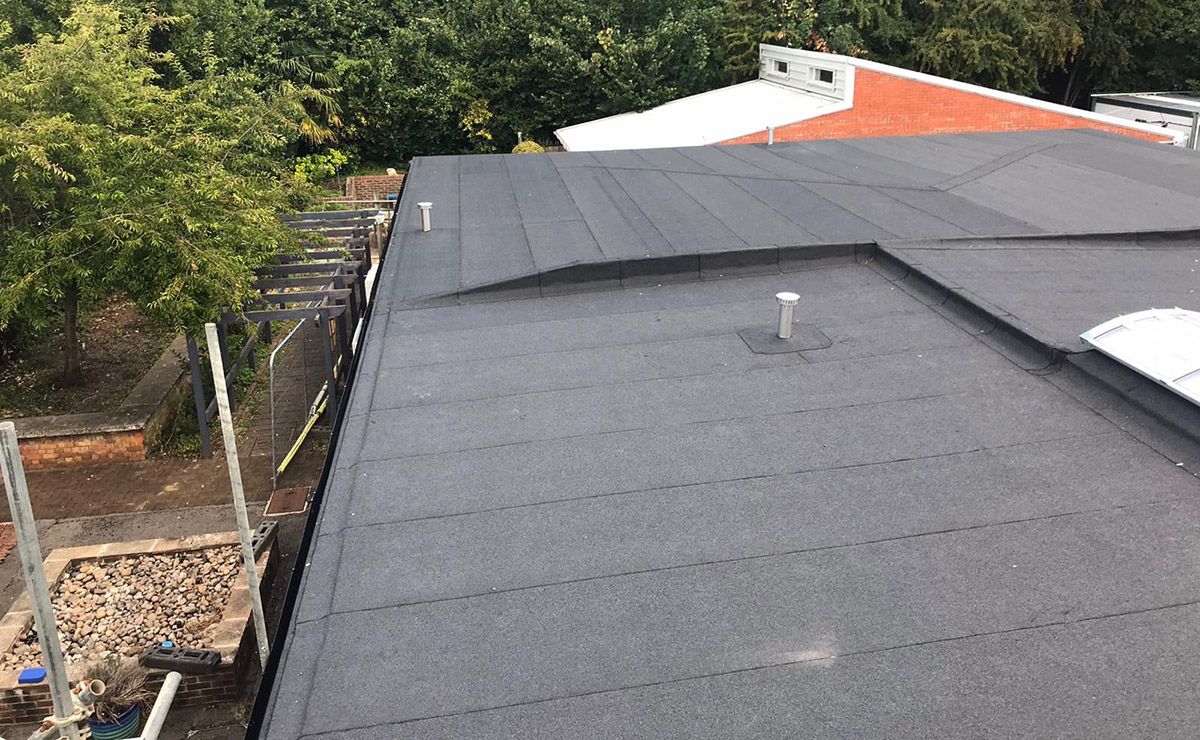
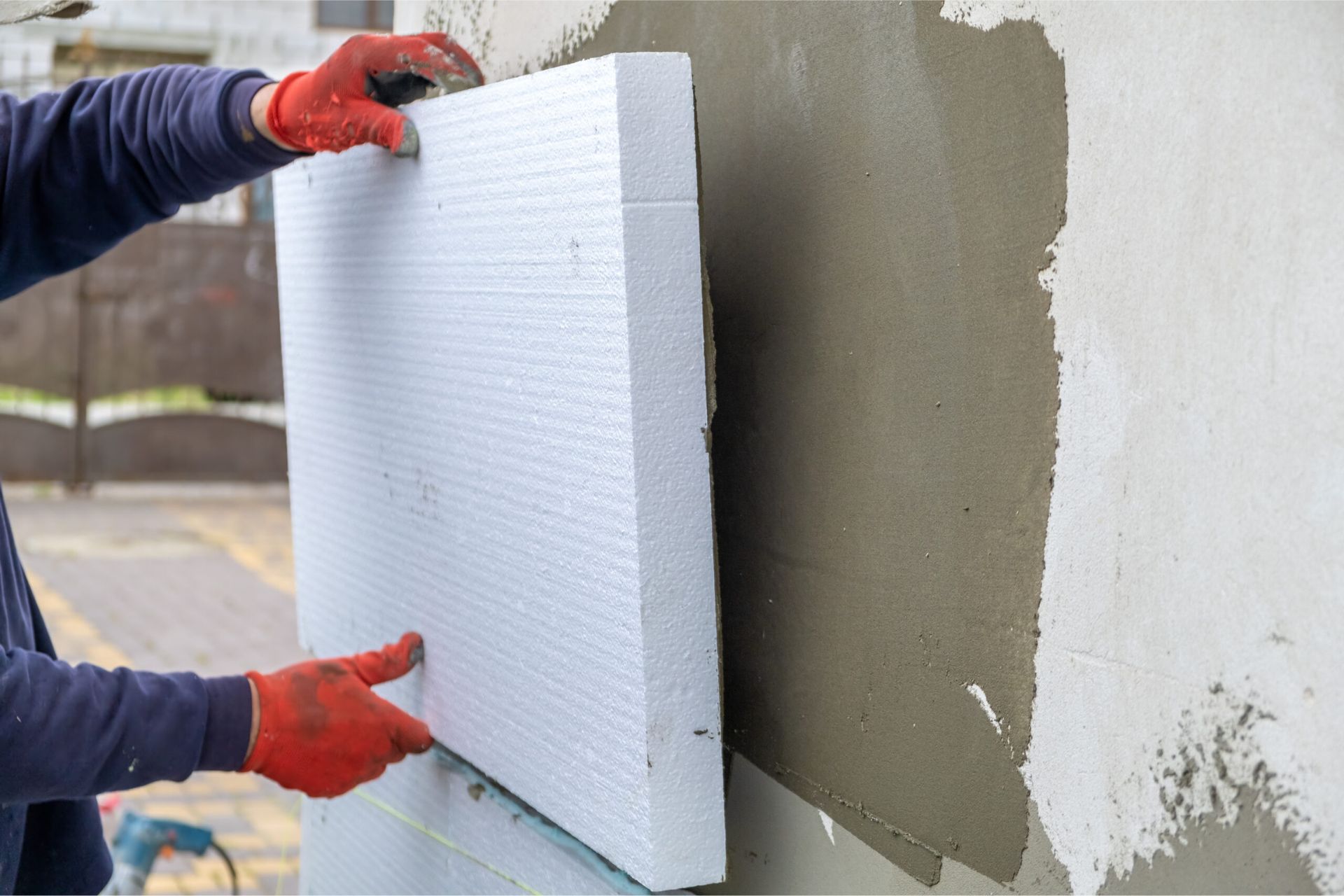
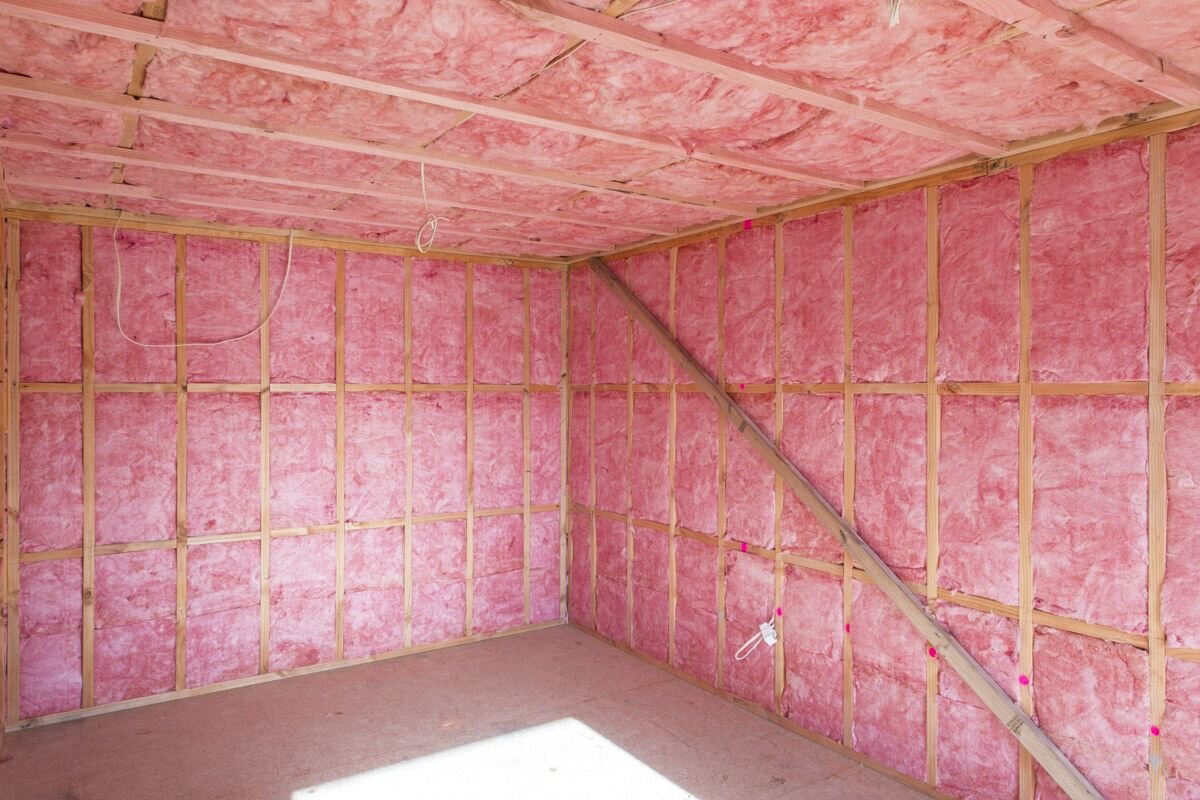

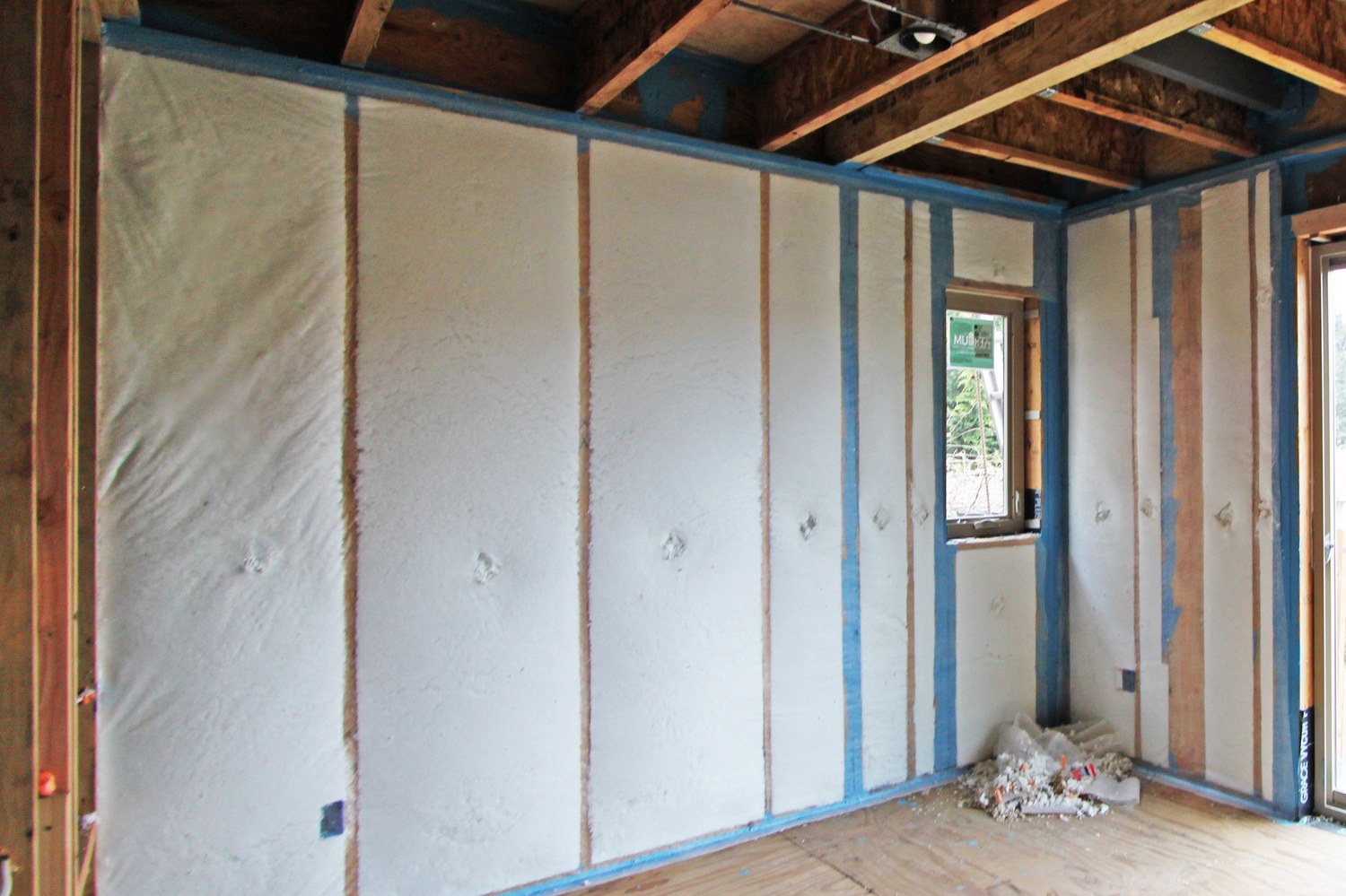
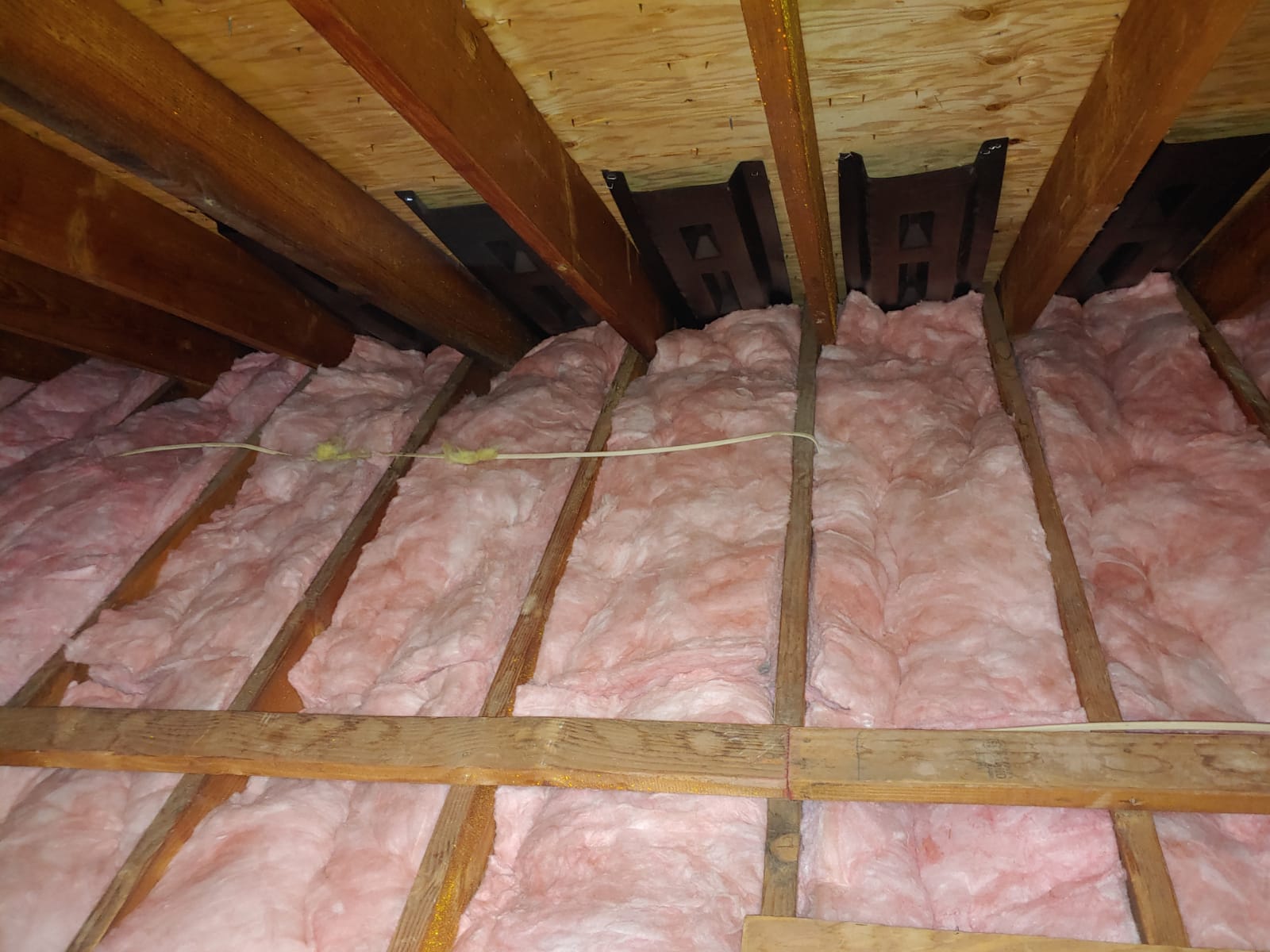
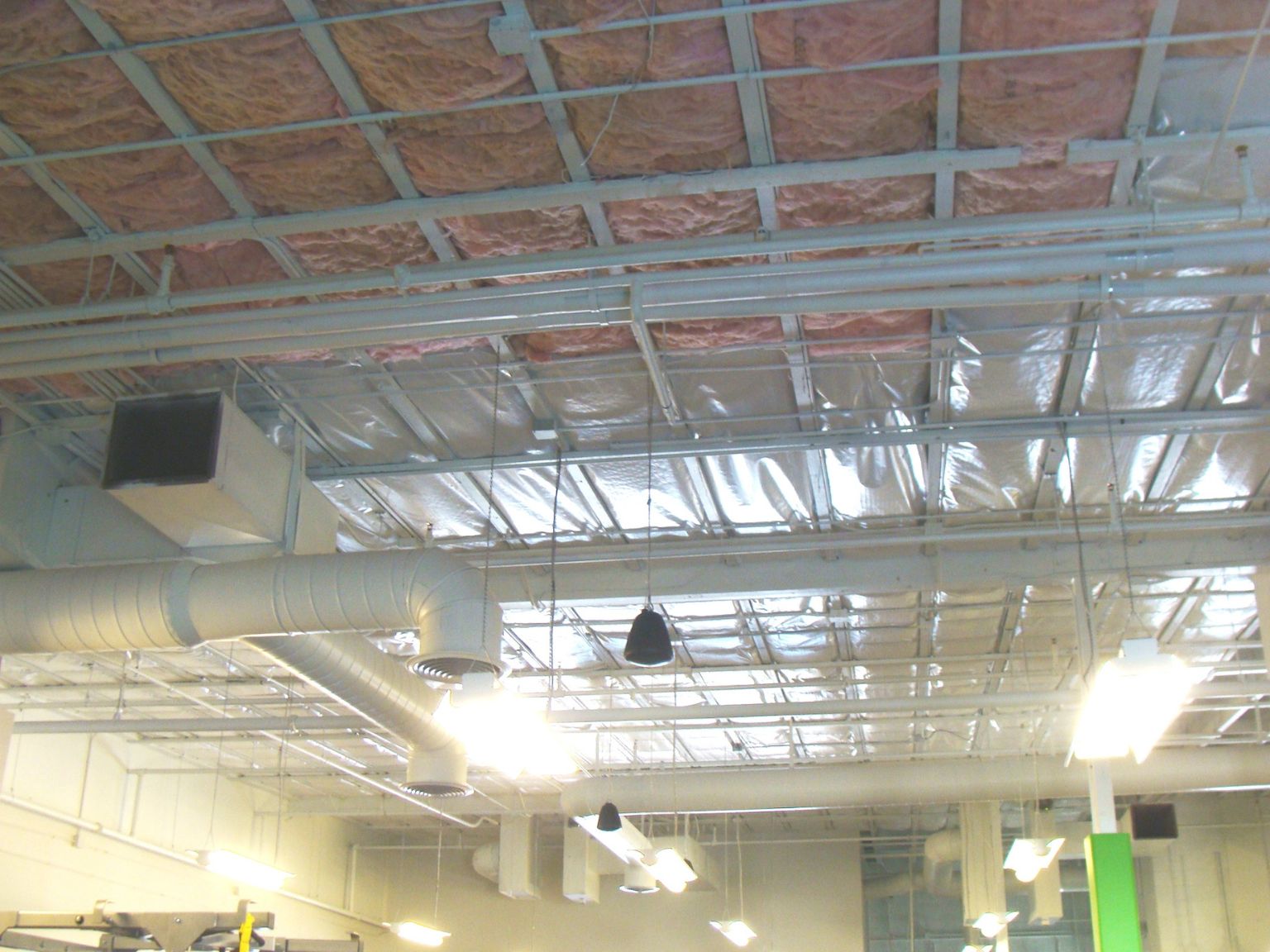
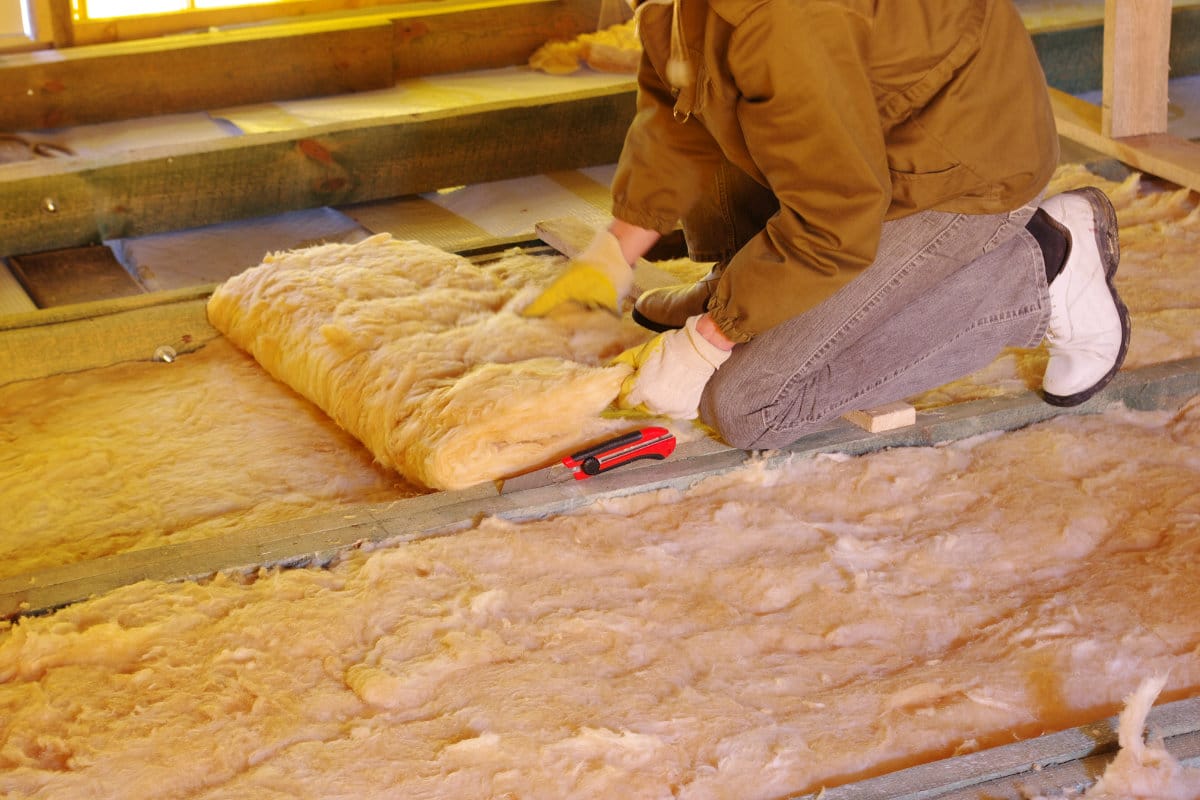
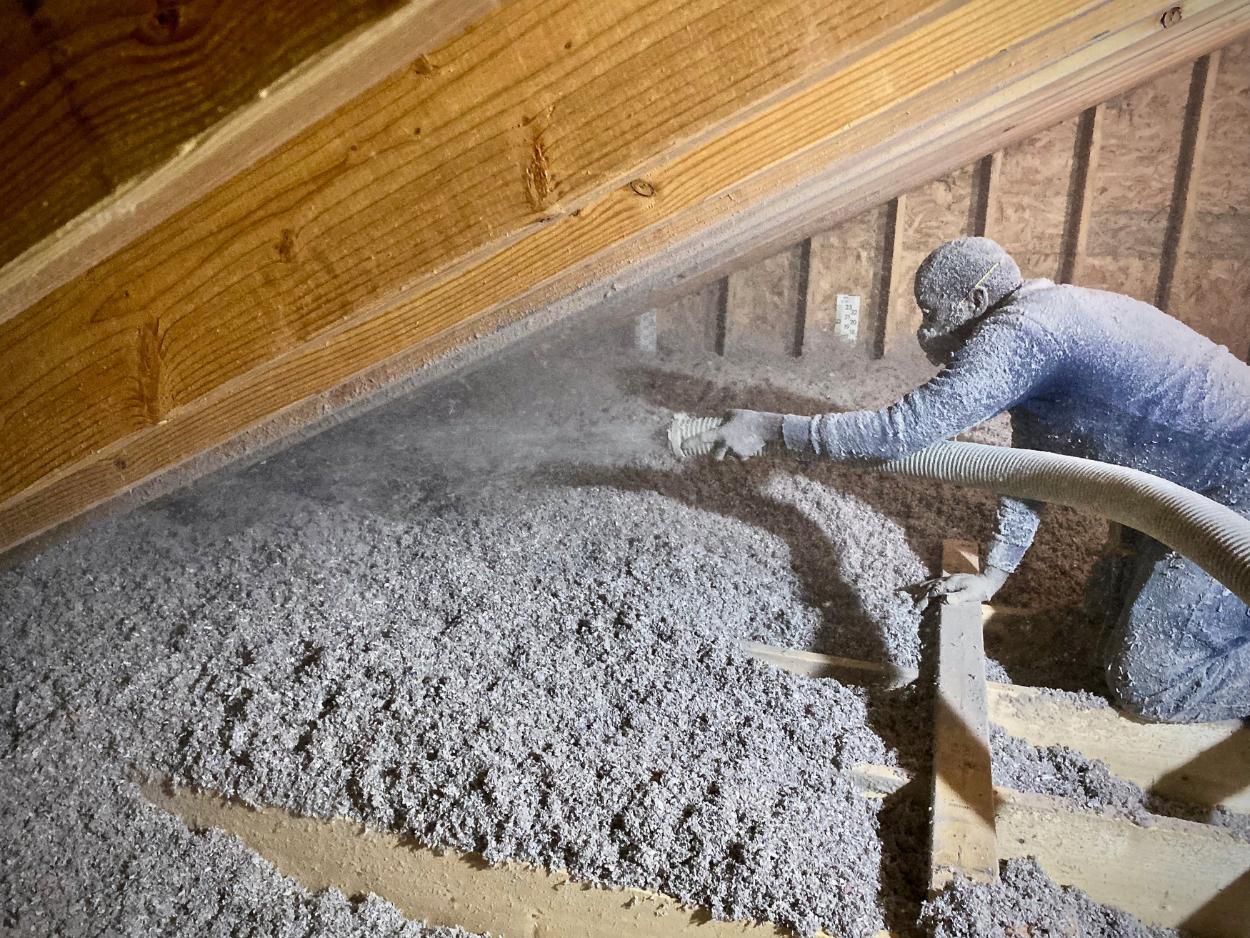
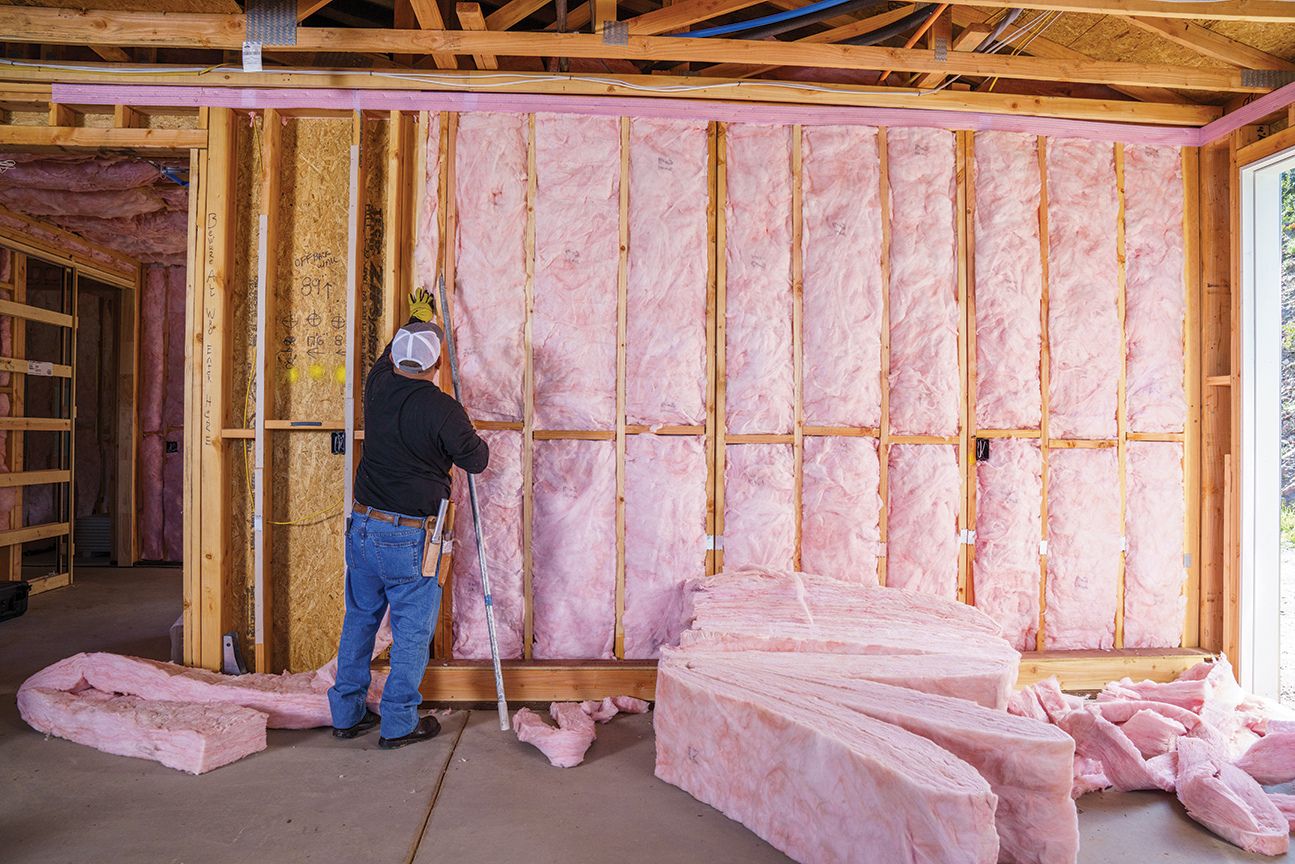
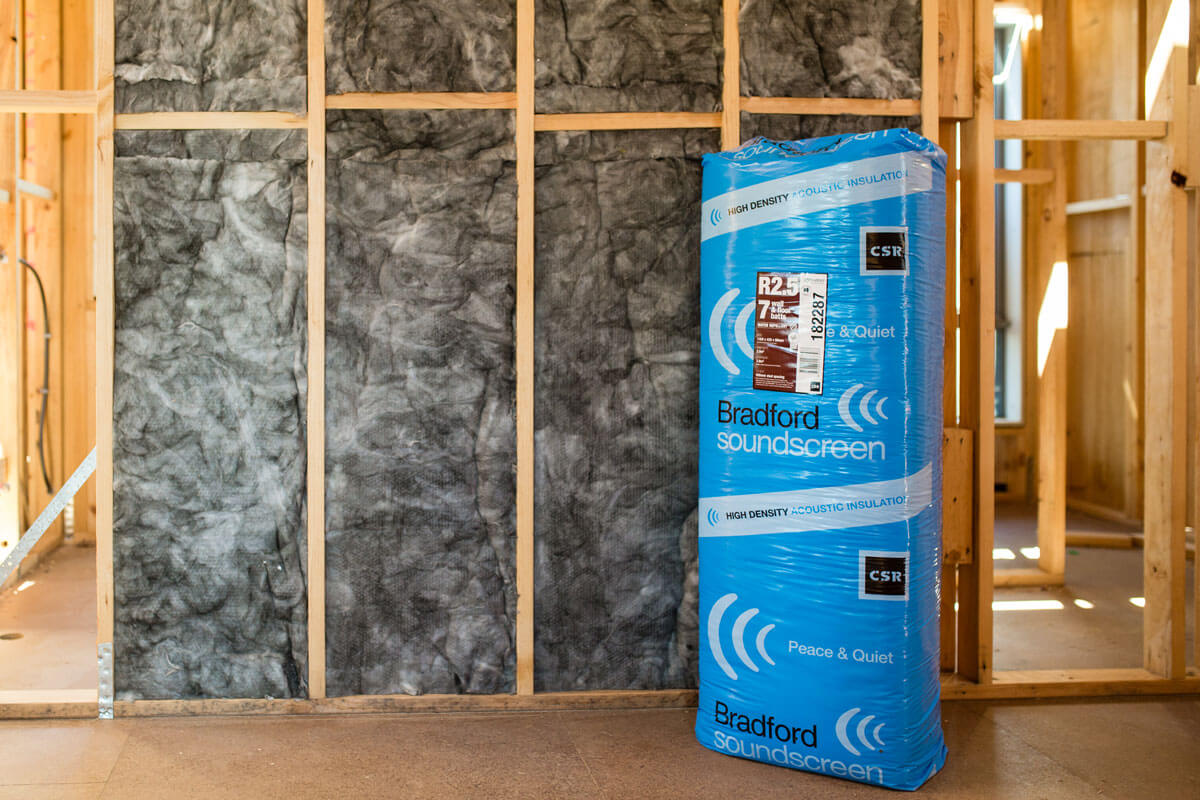
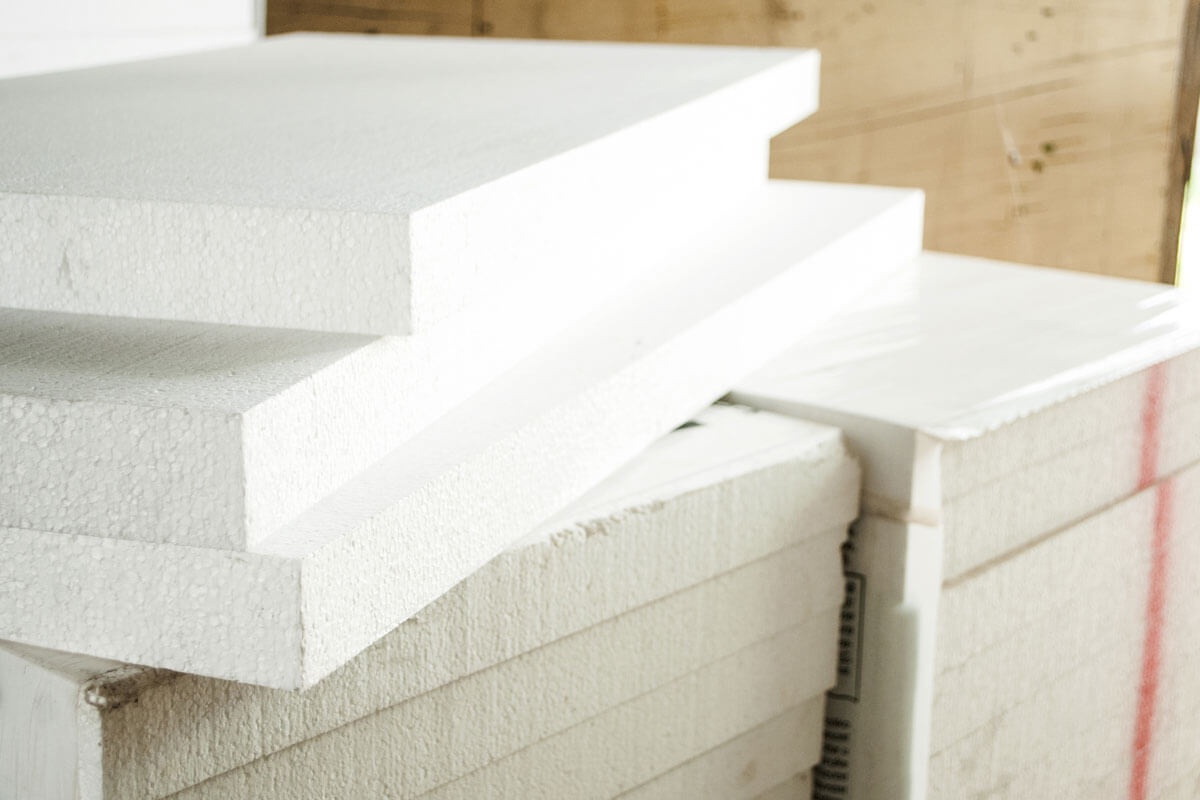
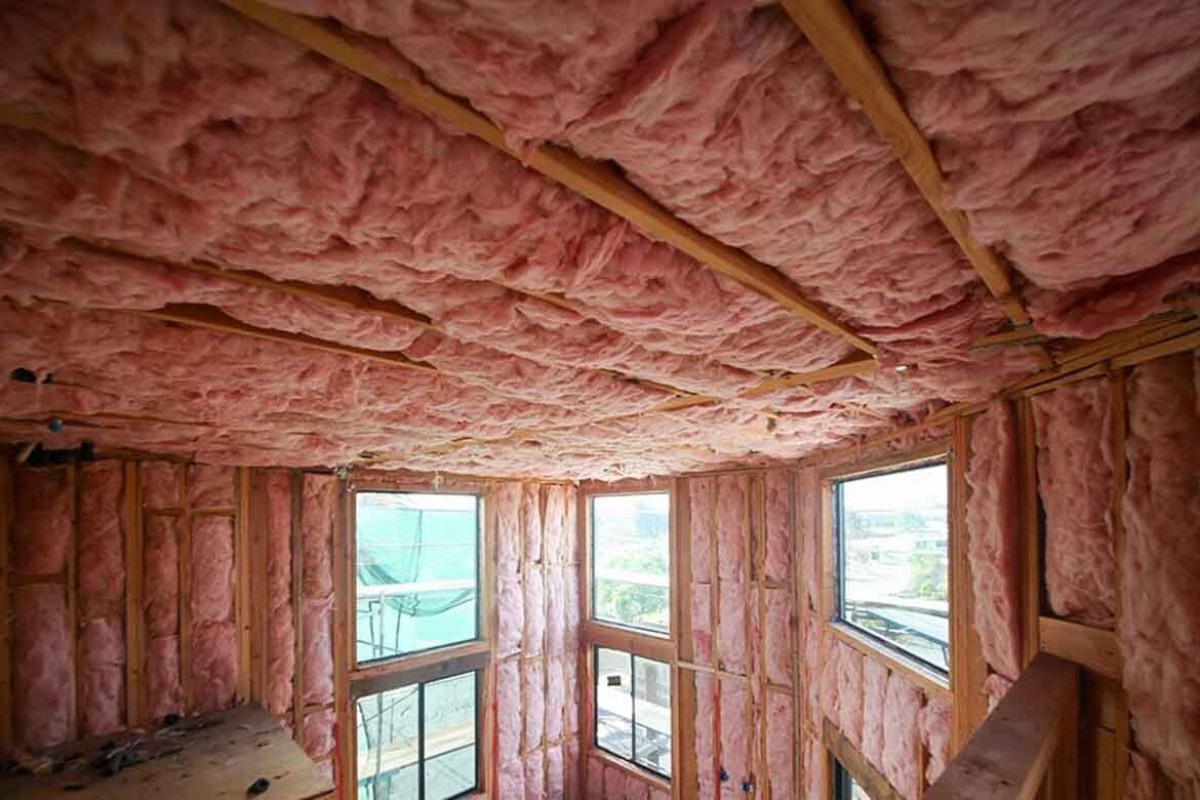


0 thoughts on “What Makes Insulation Itchy”